気候
Four Seasons in Shikoku
Shikoku has different climates on the Seto Inland Sea side, the Pacific Ocean side, and in the mountainous areas. The weather on the Seto Inland Sea side is relatively calm with little rainfall. The Pacific Ocean side is warm throughout the year, with heavy rainfall, and is subject to typhoons in summer and early autumn. On the other hand, in mountainous areas, it is not unusual to see snowfall in winter. Each of the four seasons offers a unique landscape, so we recommend that you walk the area several times during different seasons.
Spring < March – May >




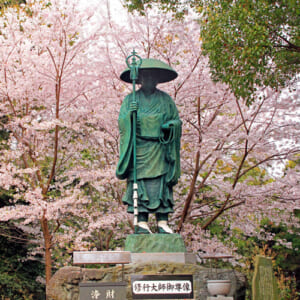
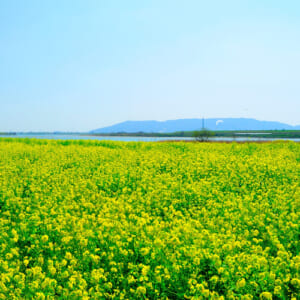
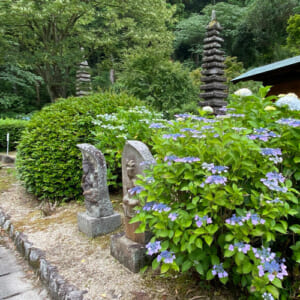

Warm, sunny days make this the best season for the Shikoku Pilgrimage. Until mid-March, the days can be chilly due to the lingering effects of winter, but from late March, it gradually warms up and the cherry blossoms begin to bloom on the plains.
The cherry blossom season is short, lasting only one to two weeks, and many people are attracted to spending time outdoors. In areas with higher elevations and cooler temperatures, the cherry blossom season starts a little later. In the Seto Inland Sea area, the weather can be unpredictable, with dense fog and stagnant weather fronts.
May is the season of fresh green leaves. You can also enjoy hydrangeas and wisteria.
Summer < June – August >




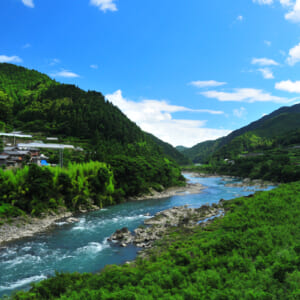

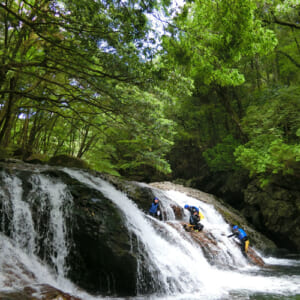
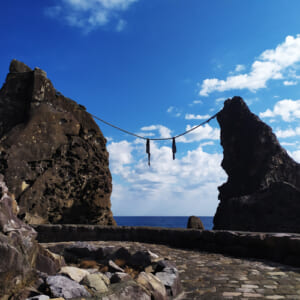
The rainy season usually begins in early June and ends in mid-July. During the rainy season, it rains gently on the Seto Inland Sea side and heavily on the Pacific Ocean side .
After the rainy season ends, temperatures become warmer, with some years having more than 50 days of midsummer with temperatures over 30 °C. Typhoons occur more frequently on the Pacific side of the island with some coming ashore.
Summer in Shikoku is hot and humid, not a good season for walking trips, but there are about 14 hours of daylight from approximately 5:00 a.m. to 7:00 p.m. You can enjoy walking in the early morning and evening when it is relatively cool, and spend midday resting in the shade or spend time at indoor tourist attractions. Be careful to avoid ultraviolet rays and heat stroke, and drink plenty of water.
Autumn < September – November >




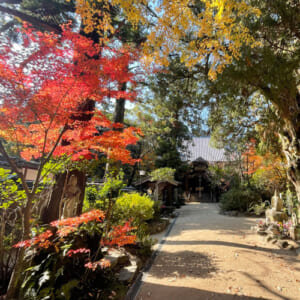
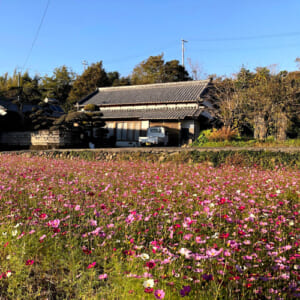
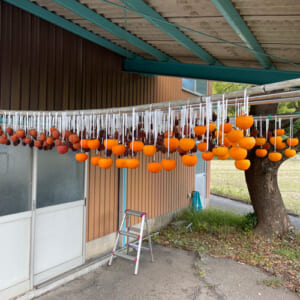
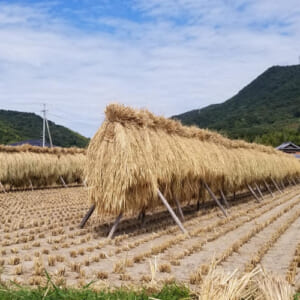
Summer heat remains until mid-September. The Pacific side may be affected by typhoons and heavy rainfall. After late September, the days become dry and sunny, making it a good season for walking trips. In rural areas, rice harvesting begins and pink cosmos bloom along the roads.
In October, maple and ginkgo leaves gradually begin to change color starting from the highlands, where temperatures are cooler, and progressing to the plains, where they are at their best around the end of November.
Sunset in early November is after 5:00 p.m., and in the mountainous areas, it gets dark around 4:00 p.m. Since this is the high season, we recommend that you make reservations for lodgings as early as possible.
Winter <December – February>




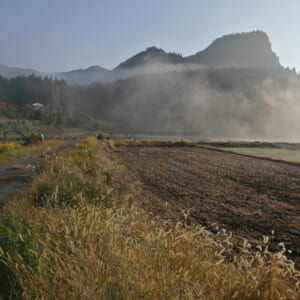
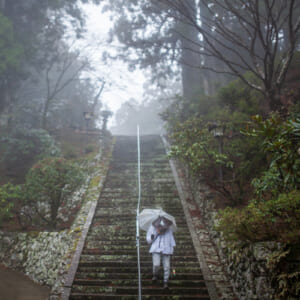

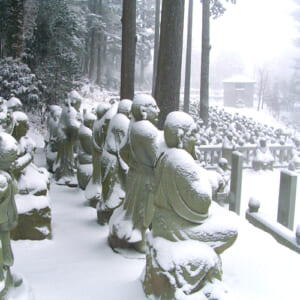
Shikoku is warmer than Honshu, with little rainfall on both the Seto Inland Sea side and the Pacific Ocean side. Snow rarely falls except in mountainous areas.
Late December has the fewest daylight hours of the year, with sunrise after 7:00 a.m. and sunset before 5:00 p.m. Since it is the off-season, except for the New Year holiday, it is quiet with only a handful of people. Some people prefer to walk in this season because it is easier to walk when the undergrowth is dead and you do not sweat.
However, you need to check in advance whether the accommodations and restaurants are open.
There is also snow in the mountains, so if you are unfamiliar with snowy mountains, please avoid entering the mountains alone.
Average Temperature and Rainfall
Seto Inland Sea side < Takamatsu City >
In Takamatsu City, Kagawa Prefecture, located on the Seto Inland Sea side, the hottest month is August, with an average temperature of 28.6°C and a daily maximum temperature of 33.0°C. On the other hand, the coldest month is January, with an average temperature of 5.9°C and a daily minimum temperature of 2.1°C.
Rainfall is heaviest during the rainy season (June-July) and the typhoon season (September) when the days are hot and humid. During the winter (December-February), rainfall is scarce and the air is dry. Kagawa is one of the regions in Japan with the least rainfall and the sunniest days.

Pacific Ocean side < Kochi City >
In Kochi City, Kochi Prefecture, located on the Pacific Ocean side, the hottest month is August, with an average temperature of 27.9 °C and a daily maximum temperature of 32.1 °C. On the other hand, the coldest month is January, with an average temperature of 6.7 °C and a daily minimum temperature of 2.1 °C. Summer heat is not much different from Takamatsu, but Kochi is warmer in other seasons.
Rainfall is heaviest during the rainy season and autumn, the typhoon season. Annual rainfall in Kochi City is 2664.4 ml compared to 1150.1 ml in Takamatsu City, which is a significant difference.

Source: Annual averages for the 30-year period from 1991 to 2020, website of Takamatsu District Meteorological Observatory
Cautions for bad weather
Do not walk during typhoons, heavy rain, or heavy winds. Landslides may occur especially in mountainous areas, and roads may be cut off by high waves in coastal areas.
Be sure to check the weather forecast and road information in advance, and do not force yourself to go out when weather conditions are uncertain.
Related links
 < Japanese Meteorological Agency >You can check weather forecasts, warnings and advisories, and typhoon and earthquake information in 15 languages.
< Japanese Meteorological Agency >You can check weather forecasts, warnings and advisories, and typhoon and earthquake information in 15 languages.